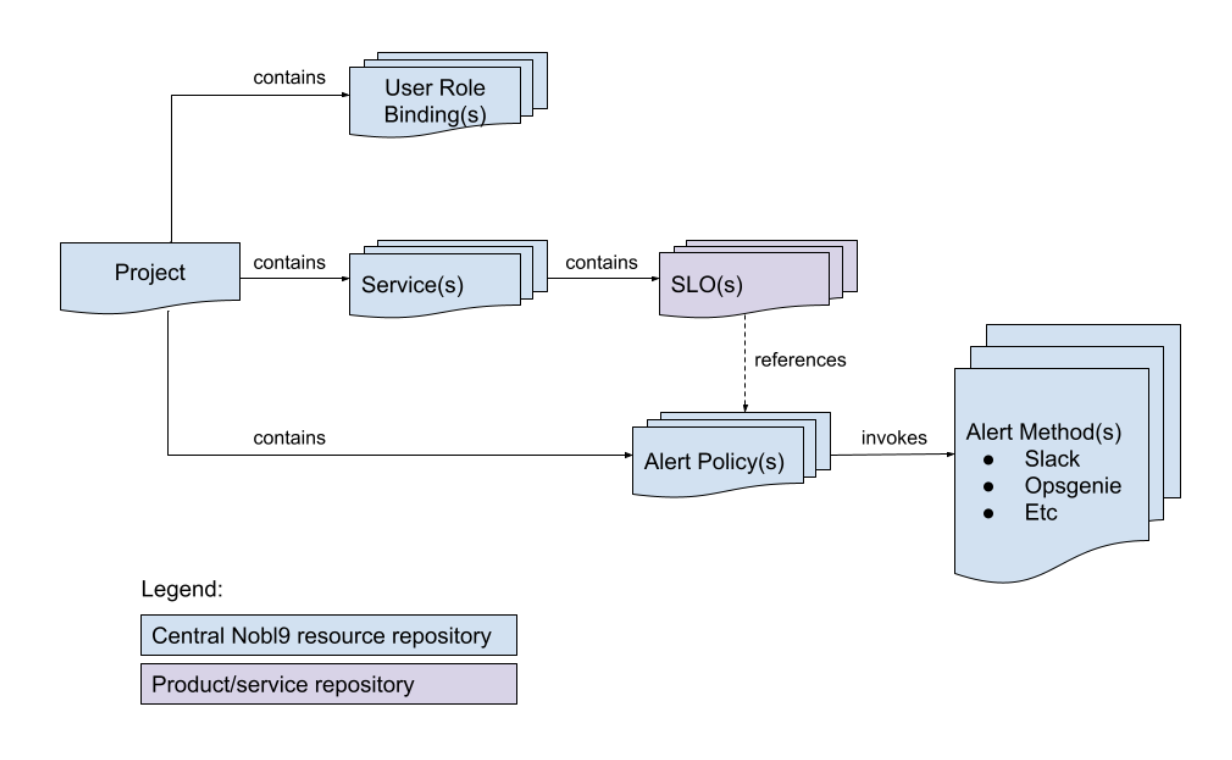When will the fascination with cloud computing fade?

This is a fair question considering other technology trends in the IT industry,
such as client/server, enterprise application integration, business-to-business,
distributed objects, service-oriented architecture, and then cloud computing. I
gladly rode most of these waves. All these concepts still exist, perhaps in
larger scale than when public interest was hot. However, they are not discussed
as much these days since other technology trends grab more headlines, such as
cloud computing and artificial intelligence. So, should the future hold more
interest in cloud computing, less interest, or about the same? On one hand,
cloud computing is becoming more standardized, and, dare I say, commoditized,
with most cloud providers offering similar services and capabilities as their
competitors. This means businesses no longer need to spend as much time and
resources evaluating different providers. Back in the day, I spent a good deal
of time talking about the advantages of cloud storage on one provider over
another.
Gen Z mental health: The impact of tech and social media
Younger generations tend to engage with social media regularly, in both active
and passive ways. Almost half of both millennial and Gen Z respondents check
social media multiple times a day. Over one-third of Gen Z respondents say they
spend more than two hours each day on social media sites; however, millennials
are the most active social media users, with 32 percent stating they post either
daily or multiple times a day. Whether less active social media use by Gen Z
respondents could be related to greater caution and self-awareness among youth,
reluctance to commit, or more comfort with passive social media use remains up
for debate. ... Across generations, there are more positive than negative
impacts reported by respondents; however, the reported negative impact is higher
for Gen Z. Respondents from high-income countries (as defined by World Bank)
were twice as likely to report a negative impact of social media on their lives
than respondents from lower-middle-income countries.
Implementing SLOs-as-Code: A Case Study

Procore’s Observability team has designed our SLO-as-code approach to scale with
Procore’s growing number of teams and services. Choosing YAML as the source of
truth allows Procore a scalable approach for the company through centralized
automation. Following the examples put forth by openslo.com and embracing a
ubiquitous language like YAML helps avoid adding the complexities of Terraform
for development teams and is easier to embed in every team’s directories. We
used a GitOps approach to infrastructure-as-code (IaC) to create and maintain
our Nobl9 resources. The Nobl9 resources can be defined as YAML configuration
(config) files. In particular, one can declaratively define a resource’s
properties (in the config file) and have a tool read and process that into a
live and running resource. It’s important to draw a distinction between the
resource and its configuration, as we’ll be discussing both throughout this
article. All resources, from projects (the primary grouping of resources in
Nobl9) to SLOs, can be defined through YAML.
Data Management: Light At The End Of The Tunnel?
Bansal explains that the answer to the question about the technologies firms
can use to manage their data better from inception to final consumption and
analysis should be prefaced by a clear understanding of the type of operating
model they are looking to establish—centralized, regional or local. It should
also be answered, he says, in the context of the data value chain, the first
step of which entails cataloging data with the business definitions at
inception to ensure it is centrally located and discoverable to anyone across
the business. Firms also need to use the right data standards to ensure
standardization across the firm and their business units. Then, with respect
to distribution, they need to establish a clear understanding of how they will
send that data to the various market participants they interact with, as well
as internal consumers or even regulators. “That’s where application
programming interfaces [APIs] come in, but it’s not a one-size-fits-all,” he
says. “It’s a common understanding that APIs are the most feasible way of
transferring data, but APIs without common data standards do not work.”
Three Soft Skills Leaders Should Look For When They're Recruiting

Adaptability and flexibility have always been valuable soft skills. But given
the experiences we’ve all lived through over the last two-odd years, I think
it’s safe to say they’ve never been more important. The continued uncertainty
of today’s economic environment makes them two competencies you definitely
want your employees to possess. Given what the business world can dish out,
you should assess whether a candidate has what it takes to adapt to changing
situations before you hire them. Adaptability and flexibility are essential
components of problem-solving, time management, critical thinking and
leadership. To gauge whether an interviewee has these two qualities,
have them tell you about changes they made during the pandemic. What kind of
direction and support did they receive from their employers? What did they
think they needed but didn’t get? And how did they continue to work without
whatever they lacked? Explore the candidate’s response to learning new
technologies, handling last-minute client changes and sticking to a project
timeline when something’s handed off to them late.
5 Benefits of Enterprise Architecture Tools
Enterprise architecture tools provide valuable insights for strategic planning
and decision-making. By capturing and analyzing data on IT assets, processes,
and interdependencies, these tools enable organizations to assess the impact
of proposed changes or investments on their IT landscape. This helps in
identifying potential risks and opportunities, evaluating different scenarios,
and making informed decisions about IT investments, initiatives, and resource
allocations. With improved strategic planning, organizations can prioritize IT
projects, optimize their technology investments, and align their IT roadmap
with their business objectives. Collaboration is crucial for effective IT
landscape management, and enterprise architecture tools facilitate
collaboration among different stakeholders, including IT teams, business
units, and executives. These tools provide a centralized platform for sharing
and accessing IT-related information, documentation, and visualizations. This
promotes cross-functional collaboration, enables effective communication, and
ensures that all stakeholders are on the same page when it comes to the
organization’s IT landscape.
Underutilized SaaS Apps Costing Businesses Millions

Managing a SaaS portfolio is truly a team sport and requires stakeholders from
across the organization — but specifically IT and finance teams are most
directly involved, driving the charge, Pippenger said. "For both of these
teams, having a complete picture of all SaaS applications in use is crucial,"
he said. "It provides IT the information they need to mitigate risks,
strengthen the organization's security posture, and maximize adoption."
Improved visibility provides finance teams with the information they need to
properly forecast and budget for software in the future and identify
opportunities for cost savings. "Both of these groups need to partner with
business units and employees who are purchasing software to understand use
cases, ensure that the software being purchased is necessary, and align to the
organization's holistic application strategy," he said. ... Another proven
method to reduce software bloat is to rationalize the SaaS portfolio,
Pippenger said. "We see a lot of redundancy, especially in categories like
online training, team collaboration, project management, file storage and
sharing," he said.
Elevate Your Decision-Making: The Impact of Observability on Business Success
In the business world, as complexity grows, finding the answer to “why”
becomes important. And in the world of computing, observability is about
answering “why something is happening this way.” The advanced tools of
observability act as the heart of your environment, giving you enough context
to debug the issues and prevent the systems from business outages, if followed
with the best practices. But how can observability serve as the catalyst for
your organization’s growth? According to The Observability Market and
Gartner’s report, enterprises will increase their adoption rate of
observability tools by 30% by 2024. In recent years, the emergence of
technologies such as big data, artificial intelligence, and machine learning
has accelerated the adoption of observability practices in organizations.
Harnessing these advanced tools (to name a few top open-source observability
tools – Prometheus, Grafana, OpenTelemetry) empowers organizations to become
more agile and responsive in their decision-making processes.
How Cybersecurity Leaders Can Capitalize on Cloud and Data Governance Synergy

In today’s modern organizations, explosive amounts of digital information are
being used to drive business decisions and activities. However, both
organizations and individuals may not have the necessary tools and resources
to effectively carry out data governance at a large scale. I’ve experienced
this scenario in both large private and public sector organizations: trying to
wrangle data in complex environments with multiple stakeholders, systems, and
settings. It often leads to incomplete inventories of systems and their data,
along with who has access to it and why. Cloud-native services, automation,
and innovation enable organizations to address these challenges as part of
their broader data governance strategies and under the auspices of cloud
governance and security. Many IaaS hyperscale cloud service providers offer
native services to enable activities such as data loss protection (DLP). For
example, AWS Macie automates the discovery of sensitive data, provides
cost-efficient visibility, and helps mitigate the threats of unauthorized data
access and exfiltration.
How Not to Use the DORA Metrics to Measure DevOps Performance
Part of the beauty of DevOps is that it doesn't pit velocity and resilience
against each other but makes them mutually beneficial. For example, frequent
small releases with incremental improvements can more easily be rolled back if
there's an error. Or, if a bug is easy to identify and fix, your team can roll
forward and remediate it quickly. Yet again, we can see that the DORA metrics
are complementary; success in one area typically correlates with success across
others. However, driving success with this metric can be an anti-pattern - it
can unhelpfully conceal other problems. For example, if your strategy to recover
a service is always to roll back, then you’ll be taking value from your latest
release away from your users, even those that don’t encounter your new-found
issue. While your mean time to recover will be low, your lead time figure may
now be skewed and not account for this rollback strategy, giving you a false
sense of agility. Perhaps looking at what it would take to always be able to
roll forward is the next step on your journey to refine your software delivery
process.
Quote for the day:
"A little more persistence, a little
more effort, and what seemed hopeless failure may turn to glorious success."
-- Elbert Hubbard
No comments:
Post a Comment